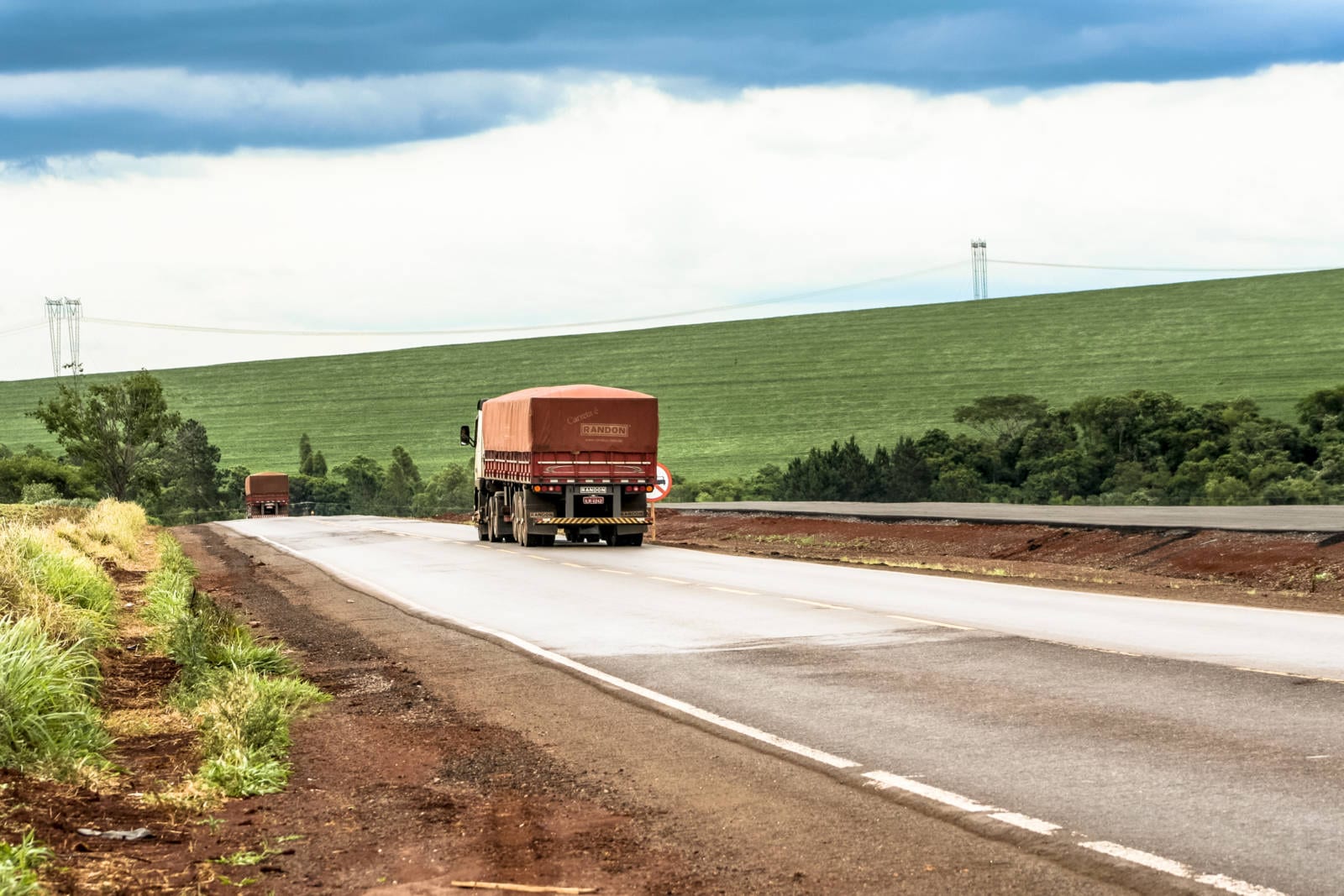Brazil is the largest soybean exporter and second largest corn exporter in the world, thanks in part to new export facilities in what is called the northern arc of ports on the Amazon River and along the northern Atlantic Coast of Brazil. The U.S. Department of Agriculture (USDA) Foreign Agricultural Service (FAS) defines Brazil’s “Northern Arc” as an area that consists of river and ocean ports in the north and northeast regions of Brazil. These ports are primarily located along the Amazon River, Tapajós River, and the Atlantic coast. It includes ports in the cities of Bacarena/Belem, São Luis, Recife, and Salvador. It also includes river ports in the cities of Porto Velho, Manaus, Santarem, and Miritituba.
Brazil’s Northern Arc Ports

Now that the ports have exporting capacity, the challenge is transporting the soybeans to port. In 2019, transporting soybeans north out of the state of Mato Grosso to the Amazon River was at times impossible due to trucks being stuck in mud. BR-163 is the primary route for export for Mato Grosso and is now fully paved. According to Bloomberg, “BR-163, the critical Brazilian road where soybean trucks would frequently get mired in muck, is now paved for its entire 1,000-mile (1,609-kilometer) final stretch –from Sinop, in Mato Grosso, to Miritituba, in Para state.” The round trip has been reduced from 10 to 4 days. The average round trip is likely closer to 6 days, but still a major improvement. Equally important, the damage to the equipment has been reduced significantly. With BR-163 paved, the next bottleneck is Ferrograo (EF-170).
Even with BR-163 fully paved, history tells us a stream of heavy trucks during periods of extremely wet weather will quickly deteriorate the highway. With BR-163 paved, the next step in further alleviating the bottleneck is construction of the Ferrograo (EF-170) railroad that serves as an alternative route to BR-163. Bidding on the Ferrograo Railroad (Grain Railroad) is scheduled for late 2019 or early 2020.

The reduced transportation cost allows Brazil to increase exports from further distances without having to increase the breakeven price of growing soybeans, which will encourage more production. If the U.S. does not take steps to lower transportation costs, such as a 50-foot lower Mississippi River, the U.S. farmer will receive a lower price for soybeans. The health of U.S. agricultural industries is dependent on infrastructure projects to remain competitive in the world market. To underscore the importance of infrastructure projects, the United Soybean Board (USB) recently announced a $2 million allocation to help offset the planning, design, and research costs of deepening the Lower Mississippi River from 45 feet to 50 feet.
